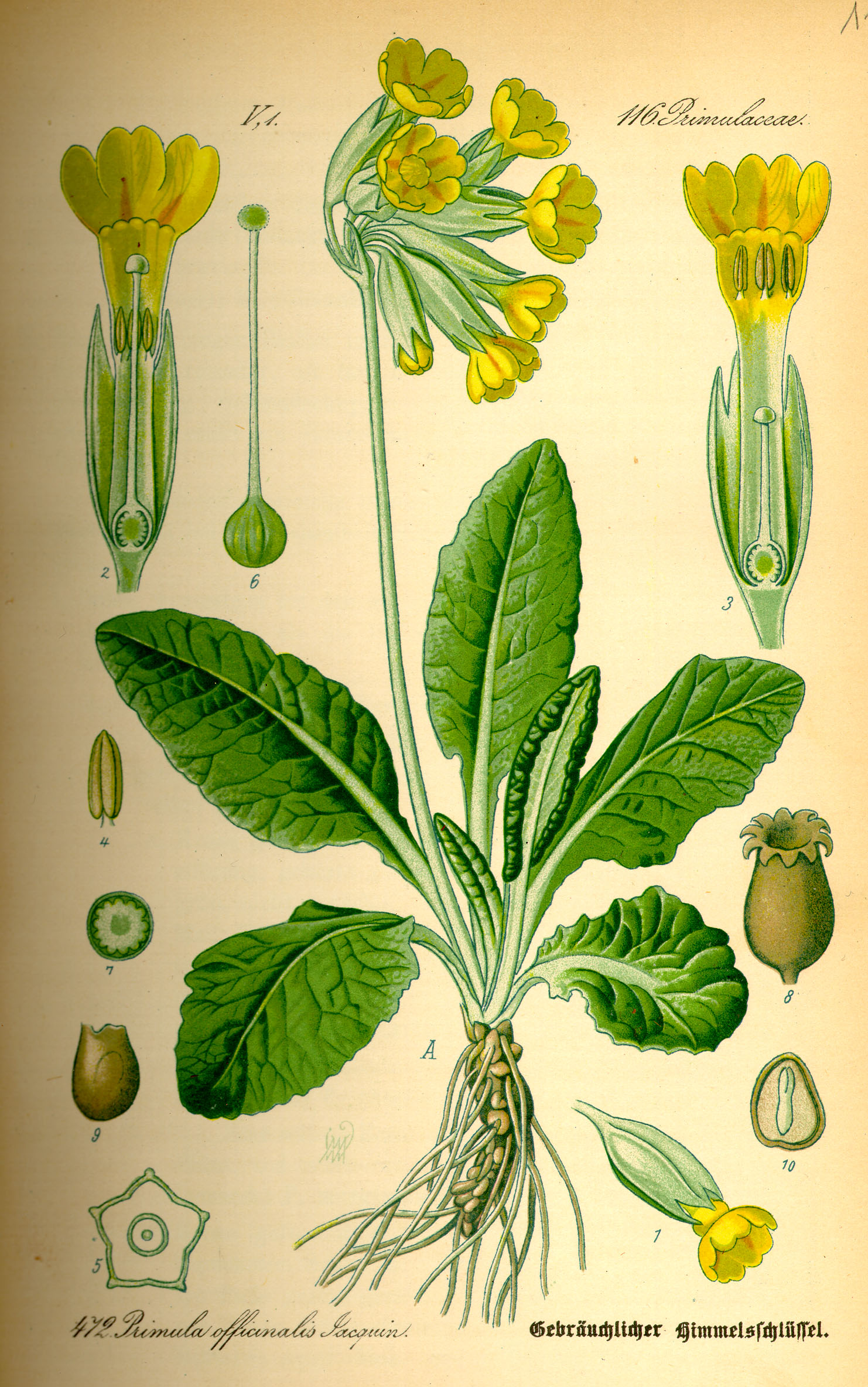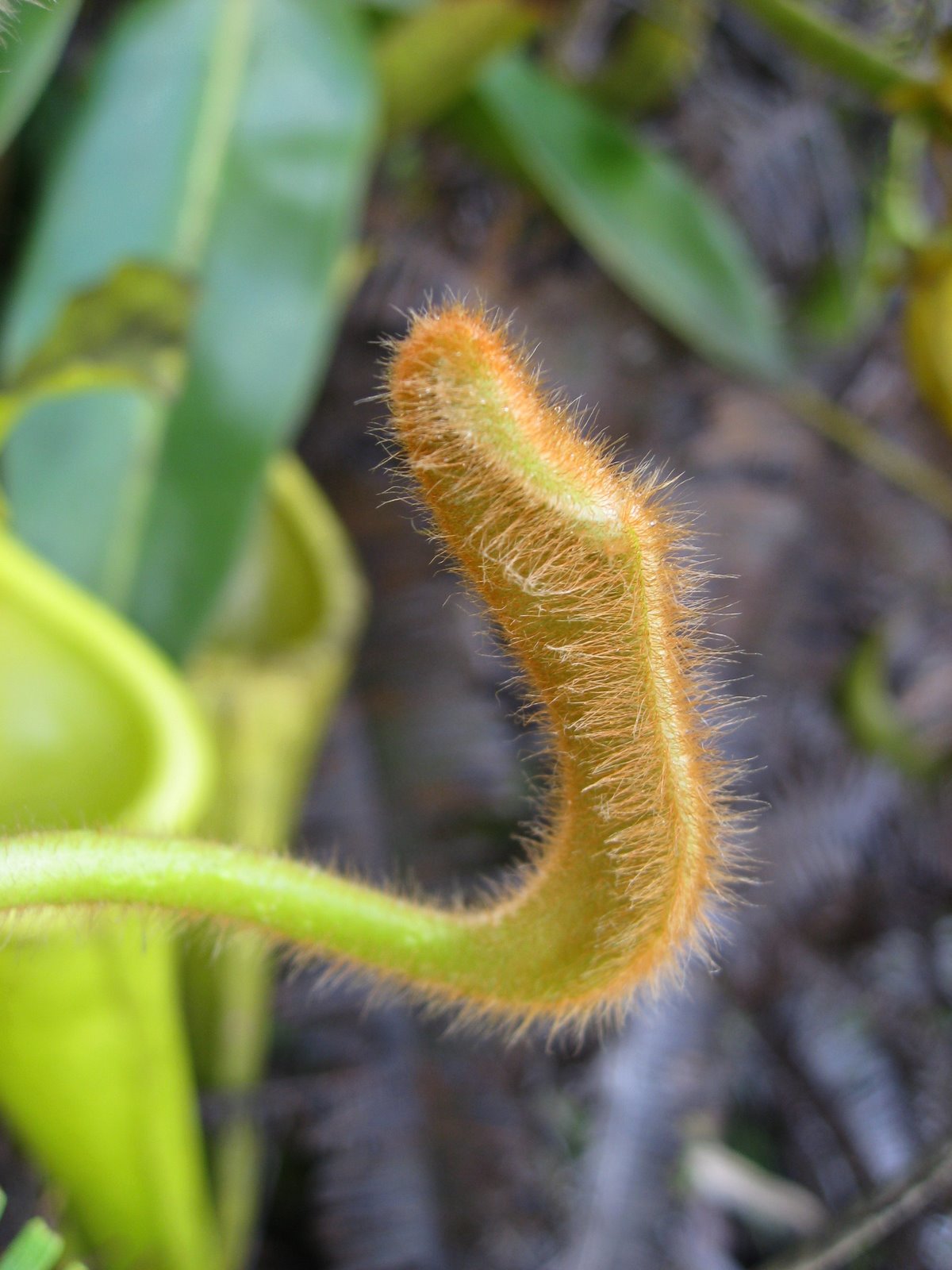|
Embelia Rowlandii
''Embelia rowlandii'' is a shrub belonging to the family Primulaceae. The species is a climber with a greyish bark that is usually covered in fine hairs and pale lenticels when younger. Description Leaves are obovate to elliptic in shape, they can reach 13 cm in length and 7 cm in width. Inflorescence An inflorescence is a group or cluster of flowers arranged on a stem that is composed of a main branch or a complicated arrangement of branches. Morphologically, it is the modified part of the shoot of seed plants where flowers are formed o ... arranged in axillary racemes with whitish to creamy yellow flowers. Distribution Occurs in Tropical West Africa from Senegal to Nigeria and eastwards to the Central African Republic, it is found along streams in savannahs. References Primulaceae Flora of West-Central Tropical Africa Taxa named by Ernest Friedrich Gilg {{Primulaceae-stub ... [...More Info...] [...Related Items...] OR: [Wikipedia] [Google] [Baidu] |
Ernest Friedrich Gilg
Ernest (or Ernst) Friedrich Gilg (12 January 1867 in Baden-Württemberg, Germany – 11 October 1933 in Berlin) was a German botanist. Life Gilg was curator of the Botanical Museum in Berlin. With fellow botanist Adolf Engler, he co-authored and published a syllabus on botanical families, ''Syllabus der Pflanzenfamilien'' (8th edition 1919). He also made contributions to Engler's "'' Das Pflanzenreich''", (e.g. the section on the family Monimiaceae). The Poaceae grass genus, '' Gilgiochloa'', was posthumously named after him. His spouse, Charlotte Gilg-Benedict Charlotte Gilg-Benedict (1872–1965) was a German botanist noted for studying ''Capparaceae''. She co-authored several studies with Ernest Friedrich Gilg Ernest (or Ernst) Friedrich Gilg (12 January 1867 in Baden-Württemberg, Germany – 11 ... (1872–1936), was co-author in some of his publications, and has the author abbreviation Gilg-Ben. Work * ''Pharmazeutische Warenkunde'', published 1911 * ''Grundz� ... [...More Info...] [...Related Items...] OR: [Wikipedia] [Google] [Baidu] |
Primulaceae
The Primulaceae , commonly known as the primrose family (but not related to the Onagraceae, evening primrose family), are a family (biology), family of Herbaceous plant, herbaceous and woody flowering plants including some favourite garden plants and wildflowers. Most are Perennial plant, perennial though some species, such as Anagallis arvensis, scarlet pimpernel, are annual plant, annuals. Previously one of three families in the Order (biology), order Primulales, it underwent considerable genus, generic re-alignment once molecular phylogenetic methods were used for taxonomic classification. The order was then submerged in a much enlarged order Ericales and became a greatly enlarged Primulaceae ''sensu lato'' (''s.l''). In this new classification of the Angiosperm Phylogeny Group, each of the Prumulales families was reduced to the rank of subfamily of Primulaceae ''s.l.'' The original Primulaceae (Primulaceae ''sensu stricto'' or ''s.s.'') then became subfamily Primuloideae, and ... [...More Info...] [...Related Items...] OR: [Wikipedia] [Google] [Baidu] |
Indumentum
In biology, an indumentum (Latin, literally: "garment") is a covering of trichomes (fine "hairs") on a plant Davis, Peter Hadland and Heywood, Vernon Hilton (1963) ''Principles of angiosperm taxonomy'' Van Nostrandpage, Princeton, New Jersey, page 154, or of bristles (rarely scales) of an insect. In plants, indumentum types include: *pubescent *hirsute *pilose *lanate *villous *tomentose *stellate *scabrous *scurfy The indumentum on plants can have a wide variety of functions, including as anchorage in climbing plants (e.g., ''Galium aparine''), in transpiration control, in water absorption (''Tillandsia''), the reflection of solar radiation, increasing water-repellency (e.g., in the aquatic fern ''Salvinia''), in protection against insect predation, and in the trapping of insects (''Drosera'', ''Nepenthes'', ''Stylosanthes''). The use of an indumentum on insects can also be pollen-related, as on bees, sensory like whiskers, or for varied other uses including adhesion an ... [...More Info...] [...Related Items...] OR: [Wikipedia] [Google] [Baidu] |
Inflorescence
An inflorescence is a group or cluster of flowers arranged on a stem that is composed of a main branch or a complicated arrangement of branches. Morphologically, it is the modified part of the shoot of seed plants where flowers are formed on the axis of a plant. The modifications can involve the length and the nature of the internodes and the phyllotaxis, as well as variations in the proportions, compressions, swellings, adnations, connations and reduction of main and secondary axes. One can also define an inflorescence as the reproductive portion of a plant that bears a cluster of flowers in a specific pattern. The stem holding the whole inflorescence is called a peduncle. The major axis (incorrectly referred to as the main stem) above the peduncle bearing the flowers or secondary branches is called the rachis. The stalk of each flower in the inflorescence is called a pedicel. A flower that is not part of an inflorescence is called a solitary flower and its stalk is al ... [...More Info...] [...Related Items...] OR: [Wikipedia] [Google] [Baidu] |
Flora Of West-Central Tropical Africa
Flora is all the plant life present in a particular region or time, generally the naturally occurring (indigenous) native plants. Sometimes bacteria and fungi are also referred to as flora, as in the terms ''gut flora'' or '' skin flora''. Etymology The word "flora" comes from the Latin name of Flora, the goddess of plants, flowers, and fertility in Roman mythology. The technical term "flora" is then derived from a metonymy of this goddess at the end of the sixteenth century. It was first used in poetry to denote the natural vegetation of an area, but soon also assumed the meaning of a work cataloguing such vegetation. Moreover, "Flora" was used to refer to the flowers of an artificial garden in the seventeenth century. The distinction between vegetation (the general appearance of a community) and flora (the taxonomic composition of a community) was first made by Jules Thurmann (1849). Prior to this, the two terms were used indiscriminately.Thurmann, J. (1849). ''Essai de Phy ... [...More Info...] [...Related Items...] OR: [Wikipedia] [Google] [Baidu] |


